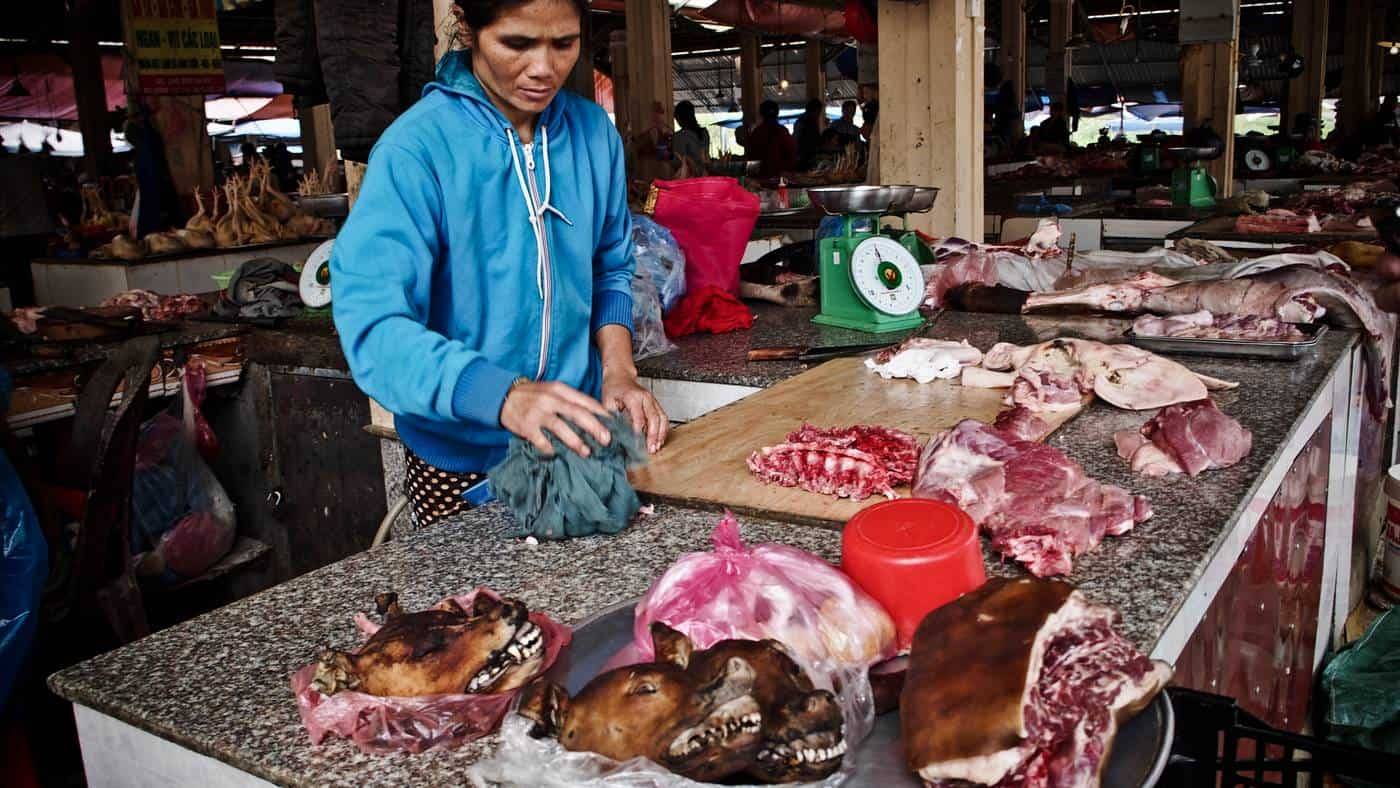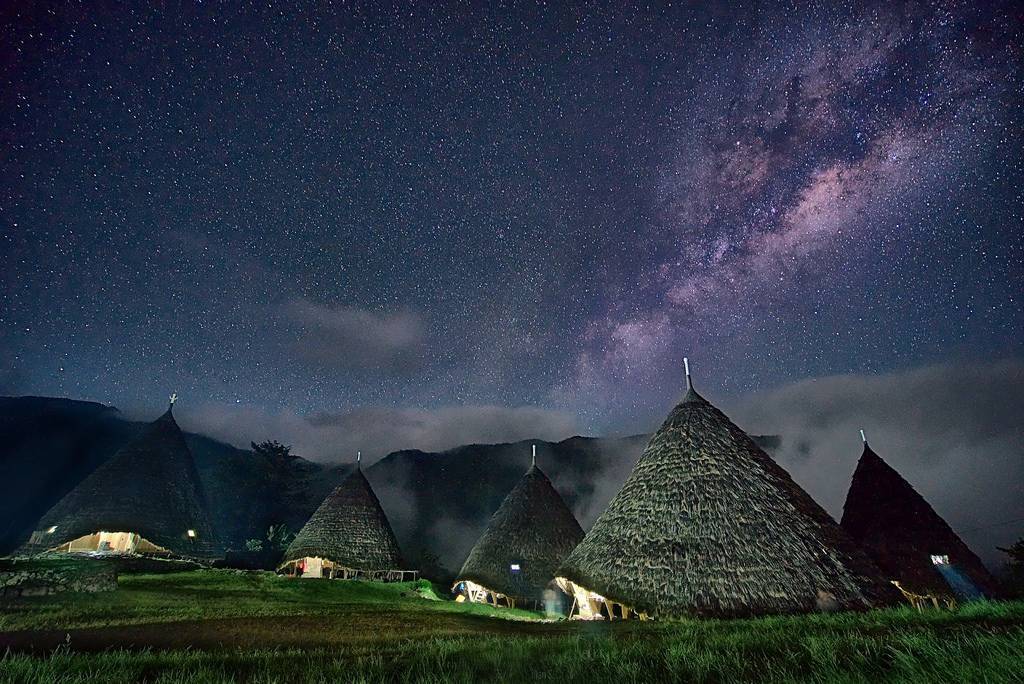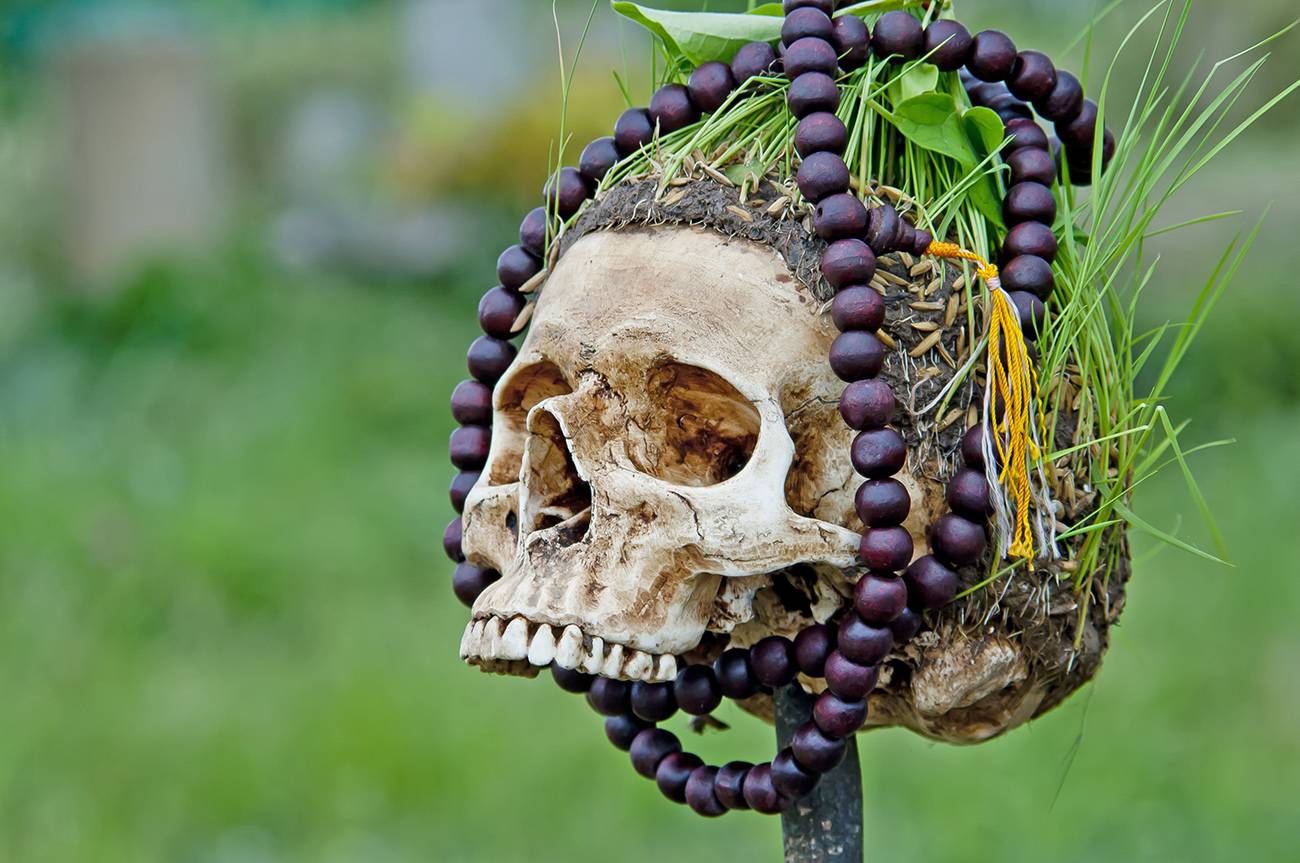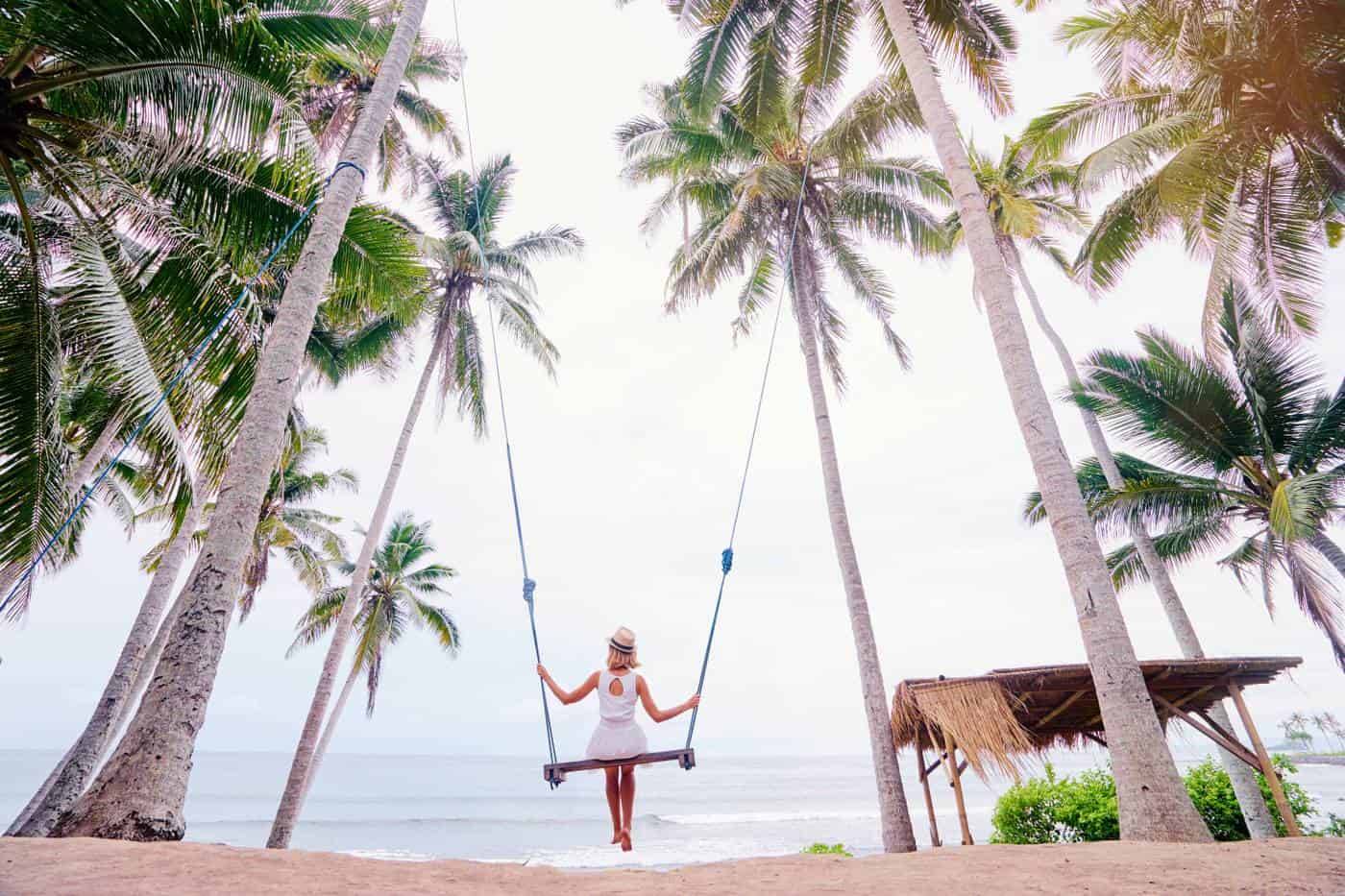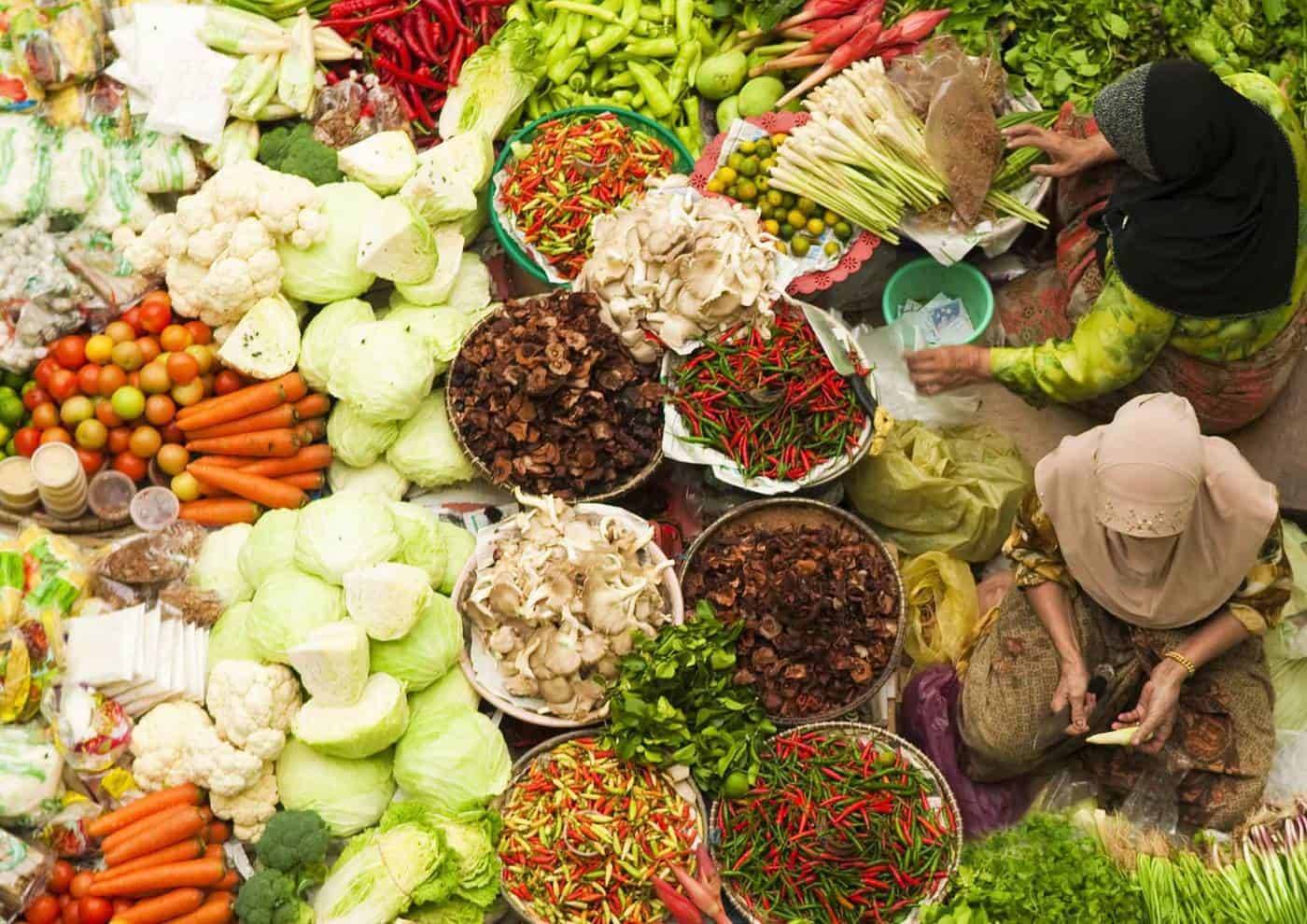
10 EXTRAORDINARY (AND GENUINE) MARKETS TO VISIT IN SOUTHEAST ASIA
Southeast Asia is heaven for market and food lovers. The culture of street vendors and hawkers selling fresh fish and meat, exotic fruit and vegetable, spices and herbs, fabrics, clothes, pottery, handicraft, and gadgets has been flourishing for centuries. With the fast-growing tourism industry, the function of markets has dramatically changed. While many famous trading venues have lost their authenticity – mostly selling souvenirs and fake products – some others keep the tradition alive.
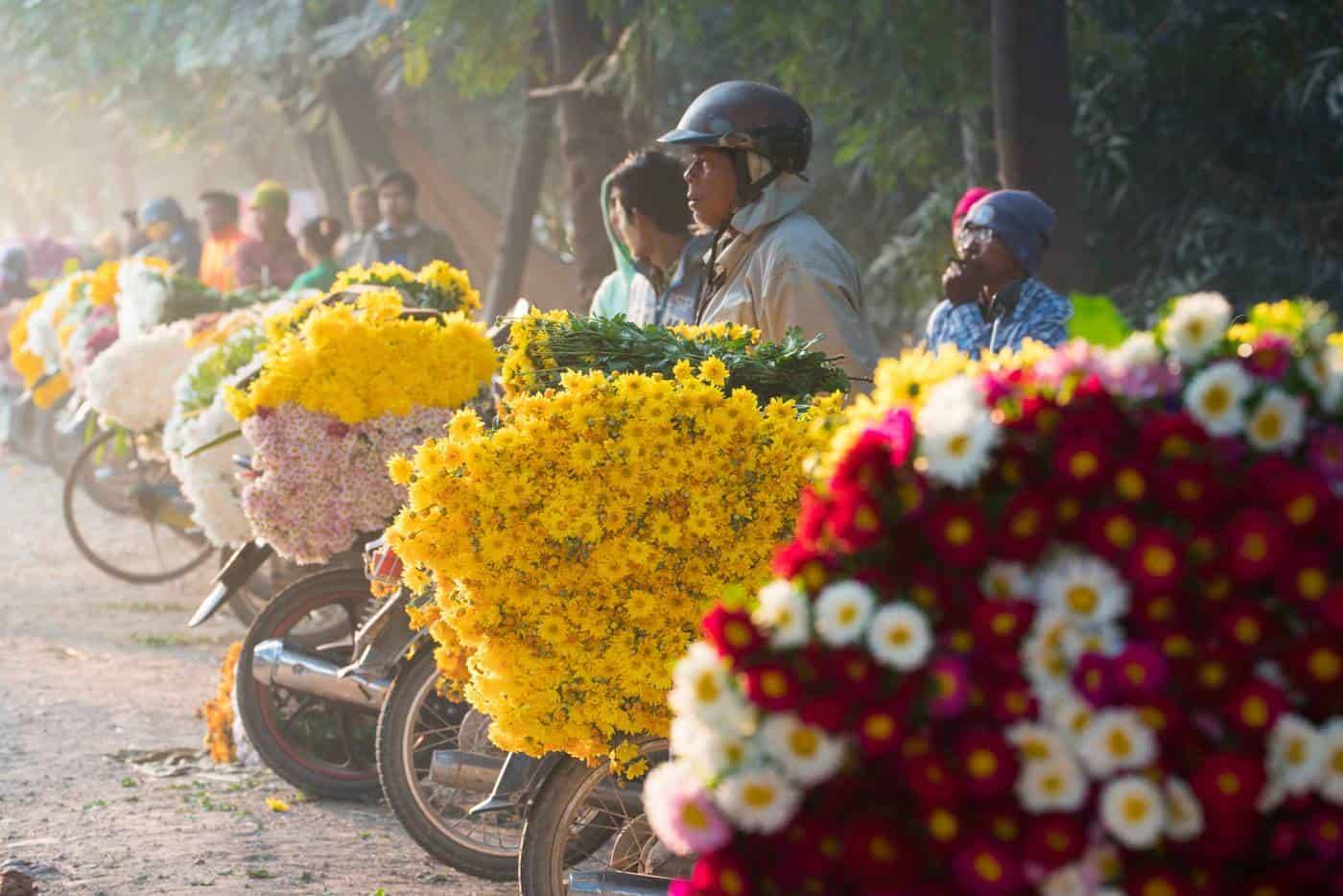
1.PRAMUKA BIRD MARKET (JAKARTA)
Controversial and yet somehow captivating – bird markets are extremely popular in Southeast Asia. In Indonesia birds are the favourite pets; whereas in the West dogs make man`s best friends in Indonesia they often end up on a plate, and their role is replaced by the feathered friends.
Jakarta`s bird market offers myriads of caged birds and parrots of different sizes that are sold at $20-$2000USD. More than 40, 000 birds are sold a month many of which are protected and endangered species. Although the business might be against the law, it always has been part of the local culture, and it hardly will ever change. After all, who said that dogs or cats are more suitable pets than birdies?
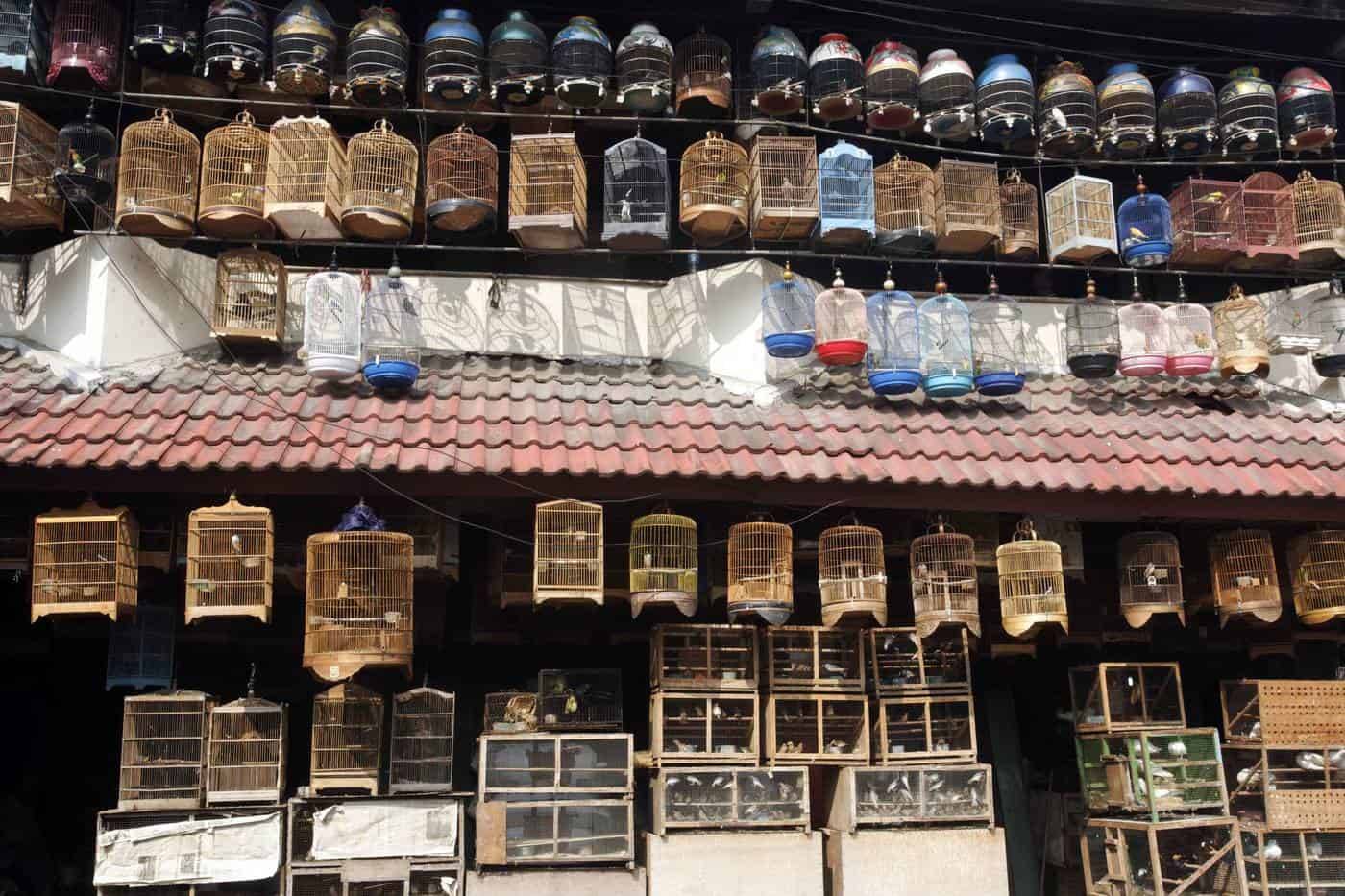
2.LOK BAINTAN FLOATING MARKET (KALIMANTAN)
It is said that Lok Baintan is the last authentic floating market on Earth. For Kalimantan`s isolation and poor accessibility, mass tourism has not bulldozed the local culture (yet), and the adventurous travellers can still experience the genuine charm of Lok Baintan floating market.
Dating back to the Banjar Sultanate, the market preserves the same way of river trade like it used to be in Borneo centuries ago. Lok Baintan is very simple and rustic but strikingly

3.PASAR TURI RAILWAY MARKET IN SURABAYA (JAVA)
Not exactly fancy but surely authentic – Surabaya`s rail market is something to look at with lots of respect. Every morning, vendors from far away have to make their way to Pasar Turi as early as possible to pick the best spot and set up their little market-stations.
Although this is not an official market, it is the easiest way to sell snacks, fruit, drinks but also clothes and shoes. Railway markets play an important role in the Southeast Asian culture, albeit the foreigners will have to catch a local train to encounter their spectacular vibes – and that can be an interesting experience too!
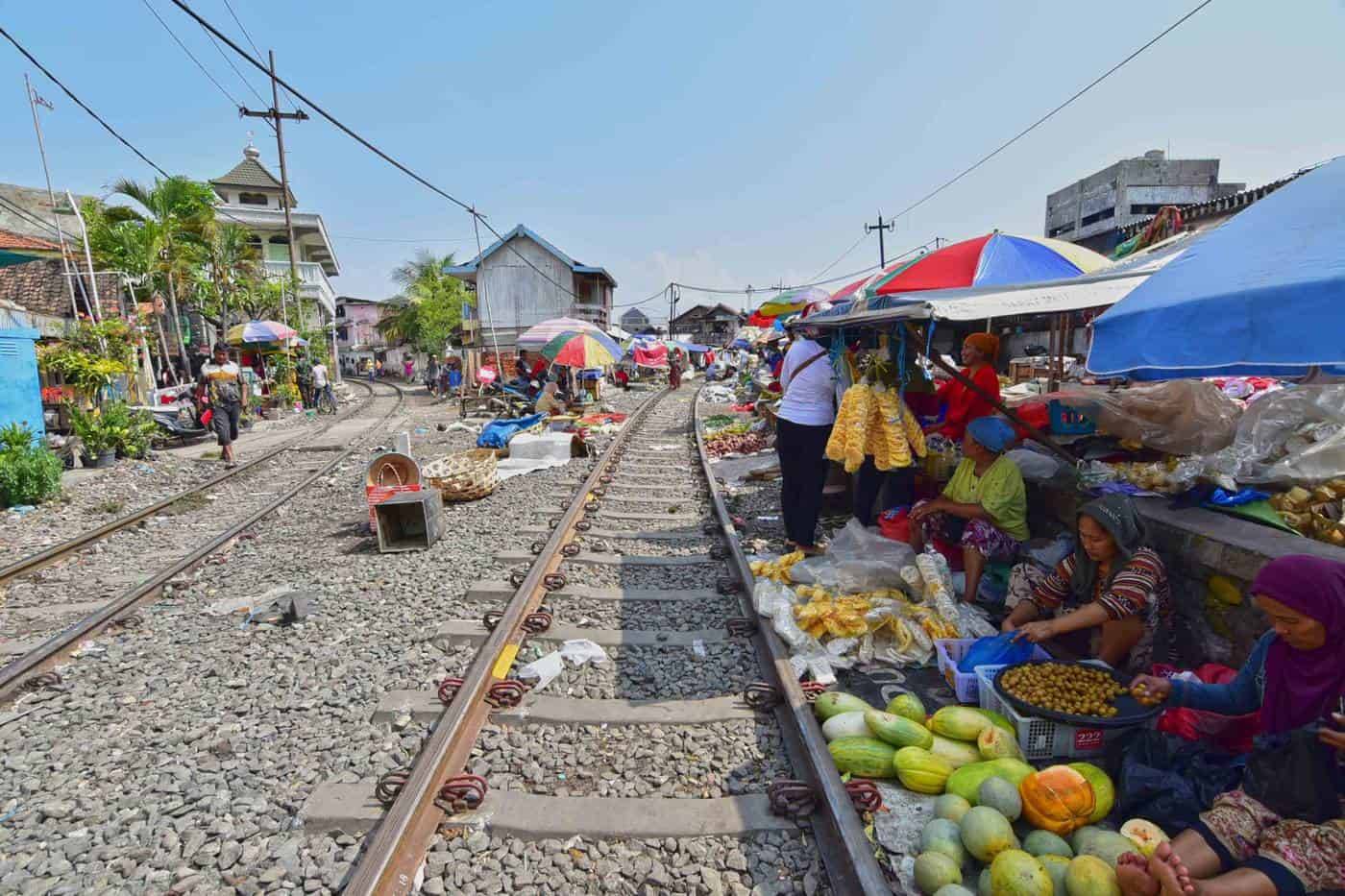
4.BANGKOK THIEVES MARKET (THAILAND)
One of the countless rarities of Bangkok is undoubtedly the Thieves Market. One will need to pay a visit to the Chinatown to find the best-kept secret of the city; the market spans along the Charoen Krung Road.
Back in the days, it used to be known for selling stolen items in the past, but today, you can find all kinds of relics and age-old object most of which are actually useless. The Thieves Market is probably not as nice-looking as the other markets in Bangkok yet if you pay a visit during the weekends you might come across fascinating objects and unexpected peculiarities.
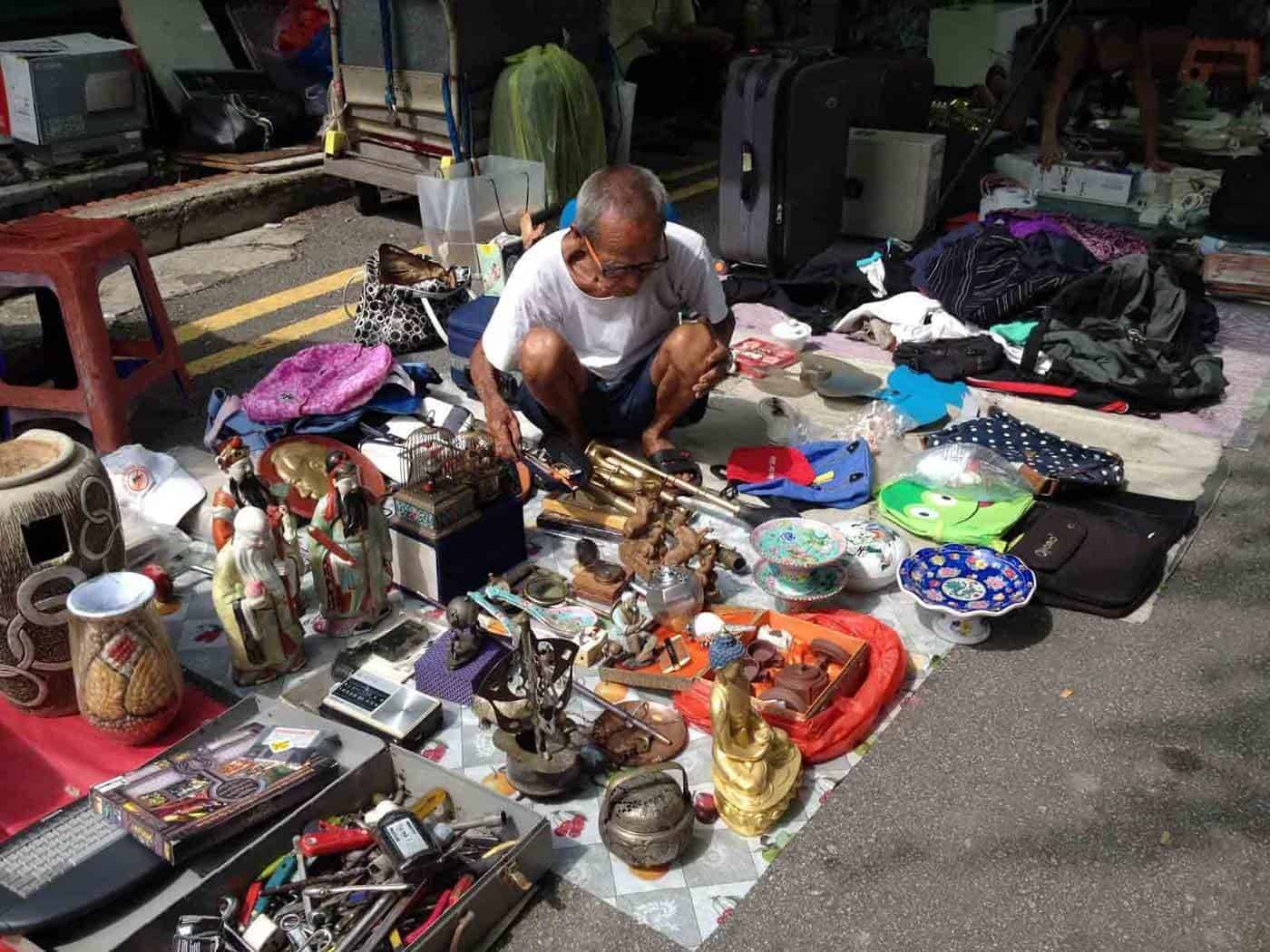
5.SITI KHADIJAH MARKET (KOTA BHARU)
A daily ‘pop in’ to the Kota Bharu`s Central Market almost has the same meaning like visiting a mosque – it is essential for every local. While for the residents it is a necessity – to get hold of fresh ingredients for home-made cooking – for the Western visitors, the Siti Khadijah wet market will be a stunning attraction.
Firstly, the actual building is quite a spectacle; the large, octagonal hall reminds of a cathedral, and the whole ambience is glorious. Upper levels provide excellent bird-eye-views, and it almost is a sin not to take a photograph.
Secondly, the market is perfectly organised, it is easy to walk around and it hardly ever gets crowded.
Lastly, the way how that the fresh produce is displayed is spotless; every stall and every section radiates style and impressive arrangement. The Siti Khadijah Market is undoubtedly one of the prettiest in Malaysia.

6.CAN CAU HILL-TRIBE MARKET (LAO CAI)
The hill town of Sa Pa succumbed to tourism a while ago, and markets are the major points of interest. Can Cau is one of the least known and it presents a true Vietnamese market experience.
Stallholders gather every Saturday to attract the hill tribes from all around with food, fresh produce, and livestock. The most precious are dogs – a great delicacy in the Vietnamese cuisine. Cooked and alive, portioned and whole, one can see not always pleasant images. Nevertheless, the Can Cau market is an outstanding example of the Northern-Vietnamese culture.
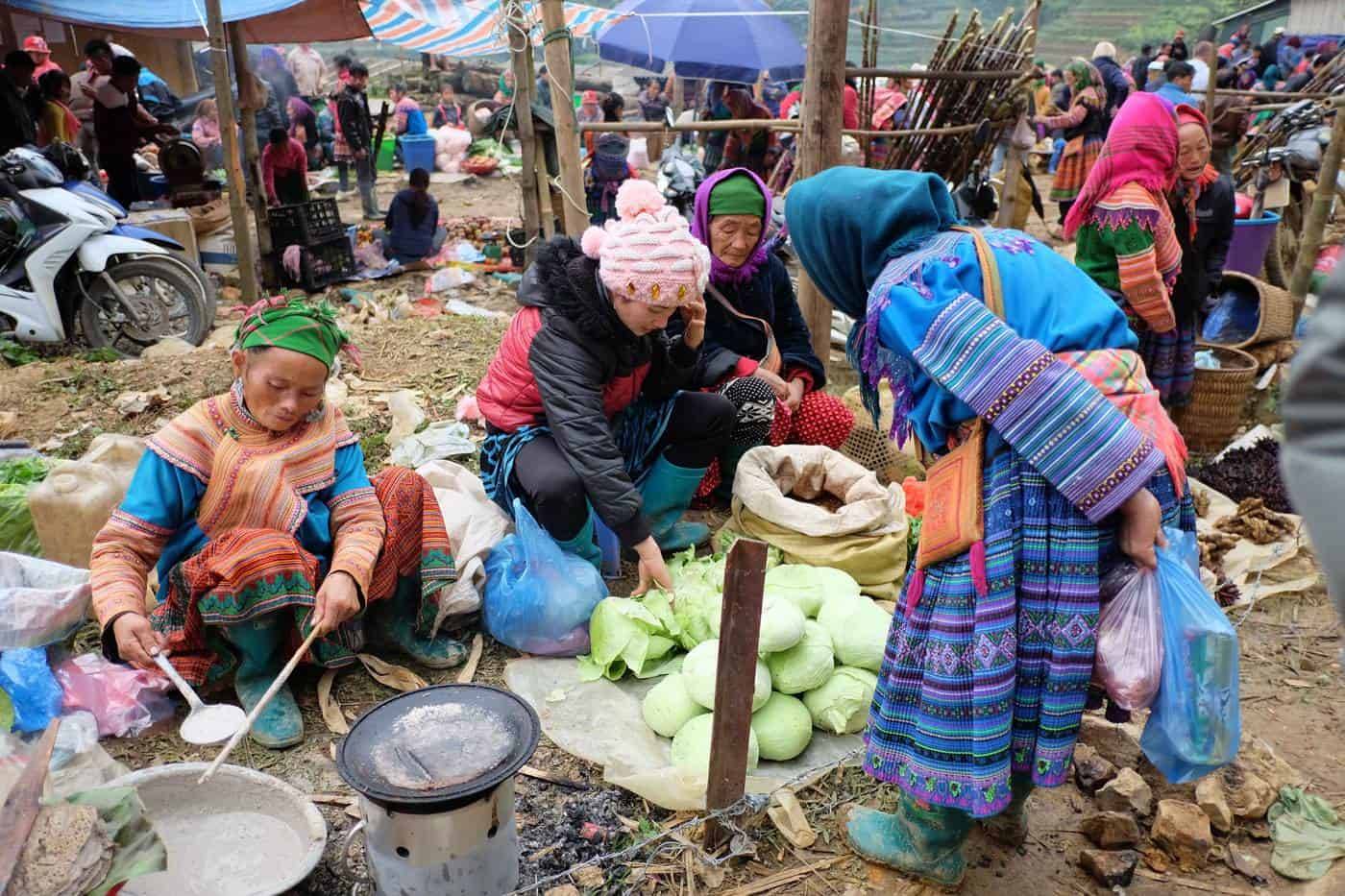
7.NGA NAM FLOATING MARKET (MEKONG DELTA)
Soc Trang is home to one of the last traditional floating markets in the Mekong Delta. Packed with tourists, the region has sadly lost a big chunk of its original value. Nga Nam floating market isa wonderful place to visit to get a sense of the truthful way of life in the Mekong Delta.
Moreover, the market is located on a junction of 5 rivers. Hence the strategic locationbrings a significantly higher number of boats selling all kinds of goods,including rice, flowers, food, electronics, and furniture. The busiest time of a day is early morning – the best time to pay a visit.
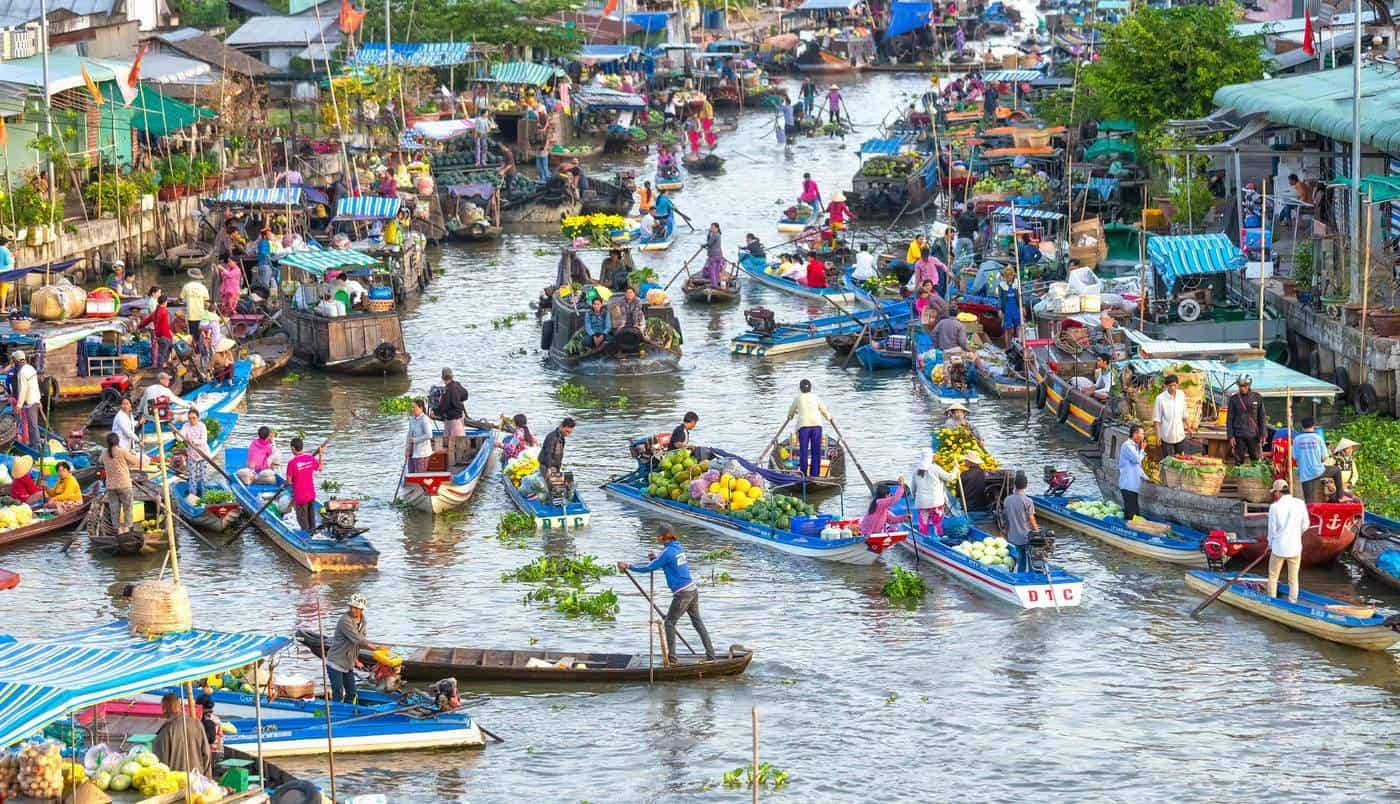
8.BINH DONG WHARF MARKET (SAIGON)
Very beautiful and truly authentic – Saigon`s flower floating market is a feast for one`s eyes. Every year, just before the Tet public holiday, hundreds of boats fill the most important waterway of Saigon – Binh Dong Wharf.
The large maze of flower-boats comes from the Mekong Delta – freshly picked in the early morning and brought to Saigon so that it can be displayed and sold during the day. Lilies, roses, lotuses, and orchids are the most popular but also a wide array of fruit and vegetable can be purchased. The tradition has been followed since the ancient beginnings, even in the modern days of Ho Chi Minh.

9.INLE LAKE FLOATING MARKETS (MYANMAR)
Inle Lake is one of the most charming destinations in Myanmar, and the Ywama floating market is an inseparable part of it. The region carries a rich cultural heritage and long history, albeit its magnificence is slowly but surely turning the area into a tourist trap.
There are still many traditional markets around the Inle Lake, but one needs to travel a bit further. The Ywama one is obviously the most visited and packed with the Western travellers, hawkers, and sadly much scam.
But if you Hiring a bicycle and self-ride around the lake, its shoreside pathways will bring you to way more genuine (and cheaper) marketplaces, e.g., the Nyaungshwe village market where “white” people can rarely be seen.
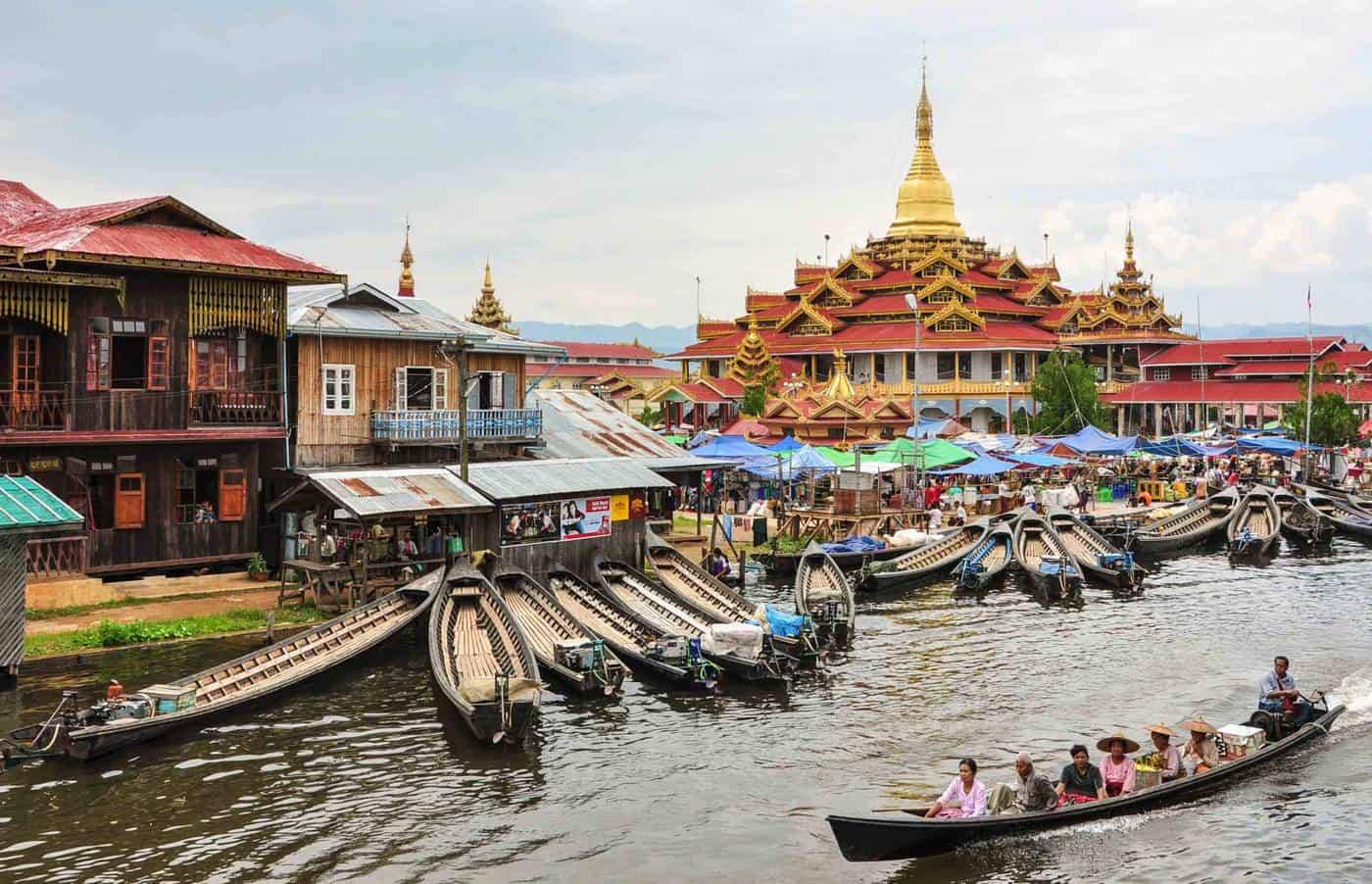
10.CHO CHAU LONG WET MARKET (HANOI)
Cho Chau Long is a typical Vietnamese wet market with all one would imagine finding.Selling all types of food and fresh produce, this is a perfect everyday market to visit in Hanoi.
The best time to pop in is early morning when the stalls are filling with fish and (very) fresh meat. The visitors will get a chance to watch the stallholders prepping and portioning meat, including, poultry, beef, frogs, and dogs – the Vietnamese favourite!
Cho Chau Long market is next door to the well-known Hanoi Cooking Centre that offers various cooking classes for the foreigners. However, vegetarians and vegans will probably not want to participate.
